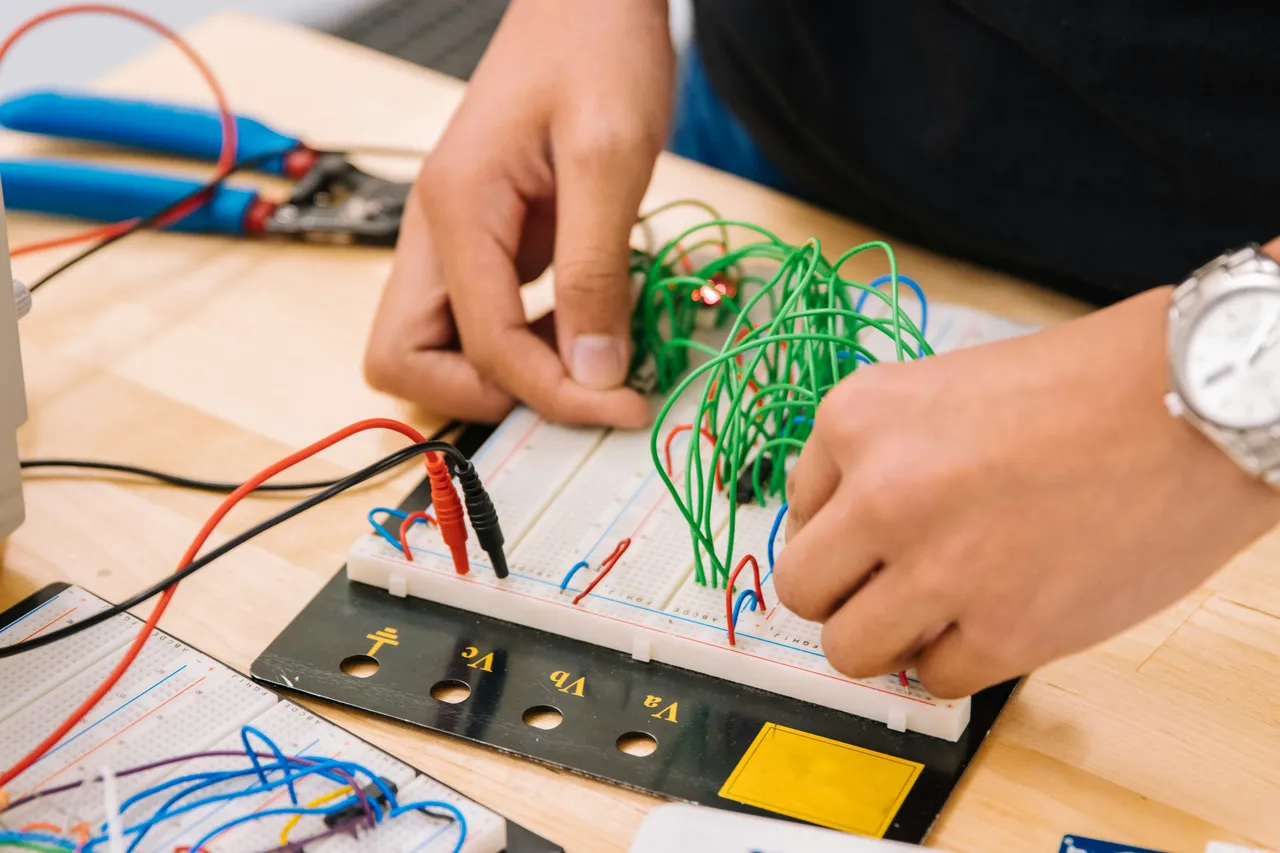
Image info
Create Your Own Personal Sustainability Plan: Actionable Steps for an Eco-Friendly Life
Did you know that individual actions can account for up to 70% of overall environmental impact? In an era where environmental concerns are at the forefront of global discussions, creating a personal sustainability plan is more important than ever. Individuals have the power to make a significant impact through their daily choices. By integrating eco-friendly practices into your life, you can contribute to a healthier planet while also inspiring others to do the same.
Understanding Sustainability
Sustainability means meeting our needs without compromising the ability of future generations to meet theirs. It includes environmental health, social equity, and economic viability. By adopting sustainable practices, individuals can help reduce their carbon footprint, which is the total amount of greenhouse gases they are responsible for, and promote a more balanced relationship with the environment. For more information on carbon footprints, check out this resource.
Assessing Your Current Practices
Before creating your sustainability plan, take time to assess your current habits. Reflect on your daily routines and identify areas for improvement. Consider how often you use single-use plastics, if you are mindful of your energy consumption at home, and if you prioritize sustainable brands when shopping.
To help you evaluate your habits, think about listing your daily practices related to waste, energy, and shopping. This reflection will allow you to pinpoint specific areas for improvement and set realistic goals for your sustainability journey.
Creating Your Sustainability Plan
To create an effective sustainability plan, start by setting clear and achievable goals. These could include reducing waste, conserving energy, or adopting a plant-based diet. Make sure your goals are specific and measurable, such as committing to reducing your plastic usage by 50% within six months. Begin with small changes, like using reusable bags or containers, to make the transition manageable.
Next, identify specific actions you can take to achieve your goals. For instance, you might decide to use reusable bags and containers to minimize plastic waste, switch to energy-efficient appliances to reduce energy consumption, or incorporate more plant-based meals into your diet to lower your carbon footprint.
Consider categorizing your actions into short-term and long-term initiatives. Short-term actions could include starting to compost food scraps or buying groceries from local farmers' markets. Long-term actions might involve investing in solar panels for your home or transitioning to a fully plant-based diet.
Integrating Eco-Friendly Practices
To effectively integrate eco-friendly practices into your daily life, think about various areas where you can make a difference. At home, you can implement energy-saving measures, such as using LED bulbs and installing a programmable thermostat. Composting food scraps is another great way to reduce landfill waste.
When it comes to transportation, consider opting for public transportation, biking, or walking whenever possible. If you drive, carpooling or using an electric vehicle can significantly reduce your carbon emissions.
In your food choices, support local farmers by purchasing seasonal produce. Reducing meat consumption and exploring plant-based alternatives can also lessen your environmental impact. When shopping, choose sustainable brands that prioritize eco-friendly practices and look for products with minimal packaging. For example, check out Patagonia for sustainable outdoor gear or Ecover for eco-friendly cleaning products.
Monitoring Progress
Tracking your progress is important for maintaining motivation and making necessary adjustments to your sustainability plan. Consider using apps or journals to document your efforts and reflect on your achievements. Regularly reassess your goals and adapt your plan as needed to ensure continuous improvement. Sharing your journey on social media can inspire others to join you in your sustainability efforts. You might also find tools like JouleBug helpful for tracking your progress.
Conclusion
Creating a personal sustainability plan is a powerful way to contribute to a healthier planet. By taking small, actionable steps, you can make a significant impact on the environment and inspire others to follow suit. Start today by evaluating your habits and setting achievable goals, and watch as your efforts lead to a more sustainable lifestyle. Don't forget to share your experiences or tips with others to foster a community around sustainability. Begin your sustainability journey today by making one small change!
This article was developed using available sources and analyses through an automated process. We strive to provide accurate information, but it might contain mistakes. If you have any feedback, we'll gladly take it into account! Learn more

